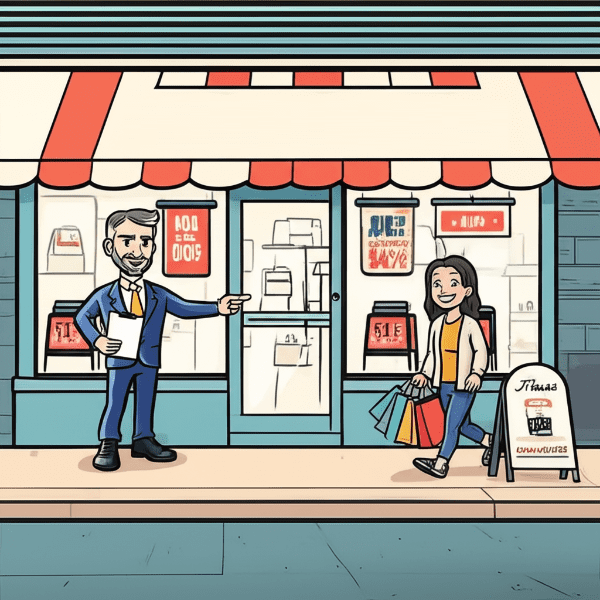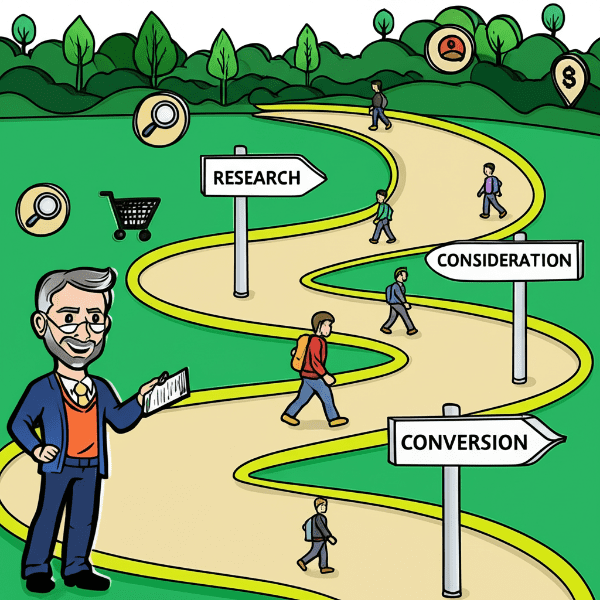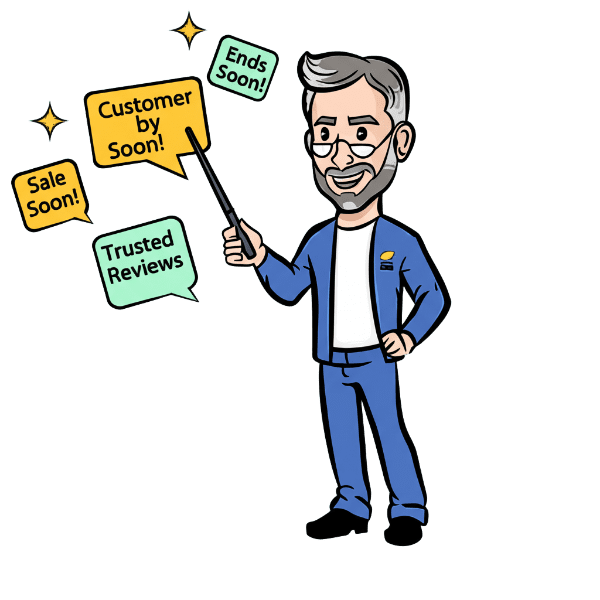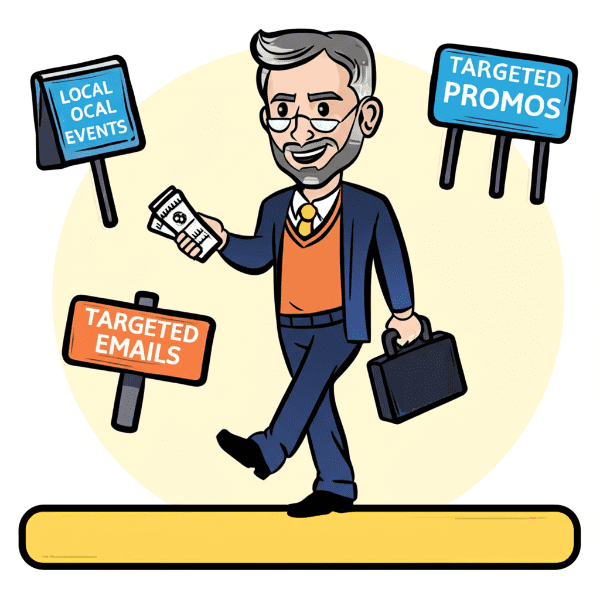Understanding Brand Loyalty
Brand Loyalty refers to a customer’s consistent preference for one brand over others, demonstrated through repeated purchases or engagements. This loyalty stems from positive experiences, satisfaction, and the perceived value associated with the brand. Loyal customers often exhibit behaviors such as recommending the brand to others and resisting competitive offers.
Example in a Sentence:
Despite numerous alternatives, Jane’s brand loyalty to her favorite coffee shop keeps her returning daily.
Why Brand Loyalty Matters
Cultivating brand loyalty offers several advantages:

- Increased Customer Retention: Loyal customers are more likely to continue purchasing from the brand, reducing the need for extensive marketing efforts to attract new clients.
- Higher Lifetime Value: Repeated purchases over time enhance the overall value each customer brings to the business.
- Positive Word-of-Mouth: Satisfied, loyal customers often become brand advocates, promoting the brand organically.Sales Funnel Professor
- Resilience Against Competitors: A strong loyal customer base provides a buffer against competitive market pressures.
Factors Influencing Brand Loyalty
Several elements contribute to the development of brand loyalty:
- Customer Satisfaction: Meeting or exceeding customer expectations fosters trust and repeat business.
- Perceived Quality: Consistently delivering high-quality products or services reinforces customer confidence.
- Emotional Connection: Building relationships through personalized experiences and shared values enhances loyalty.
- Brand Trust: Transparency, reliability, and ethical practices establish a trustworthy brand image.
- Switching Costs: High costs associated with changing brands, whether monetary or psychological, can deter customers from switching.
Strategies to Foster Brand Loyalty
To cultivate and maintain brand loyalty:
- Implement Loyalty Programs: Reward repeat customers with points, discounts, or exclusive offers to encourage continued engagement.
- Engage Through Social Media: Utilize platforms to interact with customers, address concerns, and build a community around the brand.
- Consistent Branding: Maintain uniform messaging, visuals, and values across all channels to reinforce brand identity.
- Solicit and Act on Feedback: Show customers their opinions matter by implementing changes based on their suggestions.Sales Funnel Professor
More Definitions
(From the Sales & Marketing Jargon Encyclopedia)
- Customer Lifetime Value (CLV): Calculates the total revenue a customer generates over time.
- Customer Engagement: Refers to the emotional connection and interaction between a brand and its customers.
- Churn Rate: Measures the rate at which customers stop using a company’s product or service over a given period.
Useful Posts
(From the Sales Funnel Professor Blog)
How to Find Low-Hanging Fruit in Sales & Marketing: Learn how to identify and leverage easily attainable opportunities in your sales and marketing efforts to achieve quick and impactful results.
Top of Funnel: Organic Social Strategies: Discover effective organic social media strategies to engage your audience, boost your brand’s presence, and drive growth naturally without paid advertising.
Defining Your Bank Marketing Strategy: Explore the key elements required to develop a bank marketing strategy that not only reaches but resonates with your target audience, ultimately driving your bank’s goals forward.























